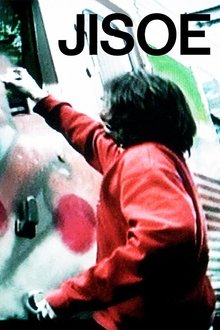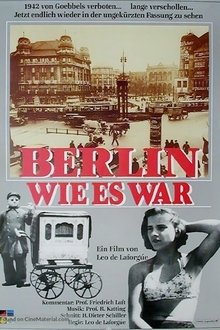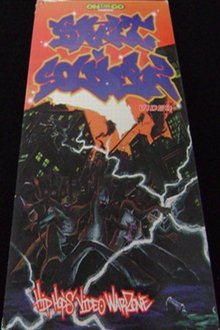The film is a story about the deep connection of the life and art of the artist. It takes you on a journey through Berlin like you have never seen before. Take a deep dive behind the scenes of the famous red and blue graffiti letterings that cover the heart of the city and tune into the connection between art, letters and spirituality.
Related Movies
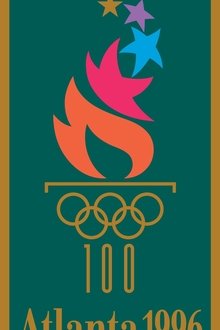
Spirit of the Games (1996)
Documentary examines the history and evolution of the Olympic Games, taking a close look at the Olympic charter, oath and ideals. Also featured are rare home movies and interviews with Olympic athletes and the oldest known color footage of the Olympic Games from Berlin in 1936.

Tangerine Dream - Signals from the Schwäbischen Strasse (1976)
German TV film, also shown on Spanish TV in 1976, this is a film all about TD which includes informal interviews and concert/studio footage, most of which seems to have been done exclusively for the film. The interviews are in the German language. The street name in the title refers to where Edgar Froese used to live in Berlin (apparently Klaus Schulze lived on the same street at the time) and is now the site of the TDI offices.

Berlin under Construction (1946)
Documentary short about the rebuilding of Berlin in 1946 from a Soviet perspective, showcasing the social changes that have taken place since the fall of Hitler and of Jews working side-by-side with non-Jewish counterparts.
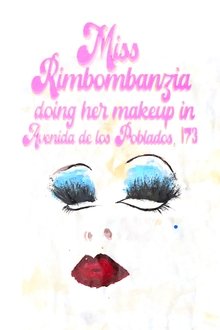
Miss Rimbombanzia doing her makeup in Avenida de los Poblados, 173 (2025)
Rimbombanzia performs her makeup mantra on the streets of Madrid for drivers and pedestrians.
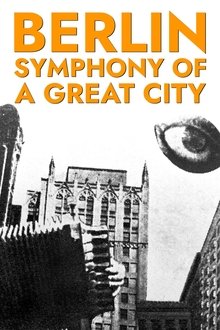
Berlin: Symphony of a Great City (1927)
A day in the city of Berlin, which experienced an industrial boom in the 1920s, and still provides an insight into the living and working conditions at that time. Germany had just recovered a little from the worst consequences of the First World War, the great economic crisis was still a few years away and Hitler was not yet an issue at the time.

Das Haus hinter dem Kupfergraben (1988)
The documentary portrays the art historian Wilhelm von Bode as a realistic visionary.

Berlin Utopiekadaver (2024)
A taxi drives through the city of Berlin. Its driver is a punk, left and a well-known figure in the autonomous scene. The stations of his trip are the most important places of the autonomous scene: all in the struggle for survival. The last evictions have not yet been processed and the next ones are coming right up.
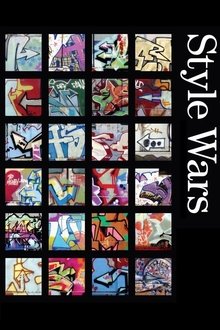
Style Wars (1984)
Tony Silver and Henry Chalfant's PBS documentary tracks the rise and fall of subway graffiti in New York in the late 1970s and early 1980s.

Central Airport THF (2018)
A documentary about Berlin's former airport Tempelhof. A film about Departures and Arrivals. And about those Berliners who come here to escape from their daily lives and those refugees who came here to finally arrive somewhere.
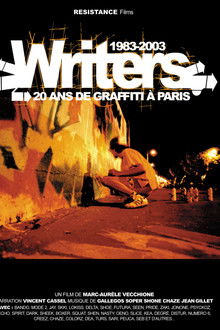
Writers : 1983-2003, 20 ans de graffiti à Paris (2004)
Paris 1983: They are between 14 and 18 and write their names on the walls of the city. Inspired by the New York phenomenon, they do not simply reproduce the forms. They create their own style, their required letters and inspire an entire generation. They communicate through letters of their name. They are called Writers.

Basquiat: Rage to Riches (2017)
This film tells Jean-Michel's story through exclusive interviews with his two sisters Lisane and Jeanine, who have never before agreed to be interviewed for a TV documentary. With striking candour, Basquiat's art dealers - including Larry Gagosian, Mary Boone and Bruno Bischofberger - as well as his most intimate friends, lovers and fellow artists, expose the cash, the drugs and the pernicious racism which Basquiat confronted on a daily basis. As historical tableaux, visual diaries of defiance or surfaces covered with hidden meanings, Basquiat's art remains the beating heart of this story.

1UP - One United Power: Berlin (2011)
This movie tells the story of a Berlin graffiti crew, in some ways from rags to riches. It starts with their beginnings in Berlin Kreuzberg and ends with their creative movement worldwide. Today, the crew is a well known, prestigious one. Inspired by their philosophy
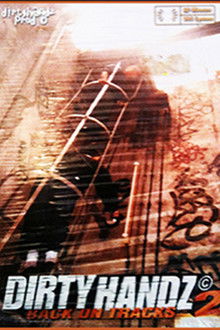
Dirty Handz 2 - Back On Tracks (2001)
Released in 2001 , this suite brings together more crews: 13ers, 156, BASF, CLM (Controle Le Metro), FMK, GT (Grim Team), MX, SME, Stealing Dealing Killing, TMA (The Unknown Crew) and the Swedish WUFC (Writers United Fuckin 'Crazy) in Stockholm . The action still taking place in Paris , it is considered a classic in the genre of video graffiti thanks to some passages having marked the spirits. Notably the first scene or the SDK and the WUFC paint an RER, or O'Clock (156) An RER wagon with a marker showing great dexterity. In addition to the scenes in the trains depots (RER, subway and SNCF trains), there are many passages on the street including Jonone (156), Seb (FMK) or the Grim Team, performing tags and throw -up. In addition, one discovers the use of the ice peak engraving on the metros permanently. A scene is dedicated to the episode of 1992 when the subway station of the Louvre was entirely tagged and grafted by VEP crew. This event shocked public opinion very strongly.

The First World War (1934)
Produced by the Fox Movietone News arm of Fox Film Corporation and based on the book by Lawrence Stallings, this expanded newsreel, using stock-and-archive footage, tells the story of World War I from inception to conclusion. Alternating with scenes of trench warfare and intimate glimpses of European royalty at home, and scenes of conflict at sea combined with sequences of films from the secret archives of many of the involved nations.

The Pitch (2017)
"The Pitch" takes a look at the world of international street performing buskers to find out why these men and women have chosen to "pass the hat" to make a living, along with the challenges they face.
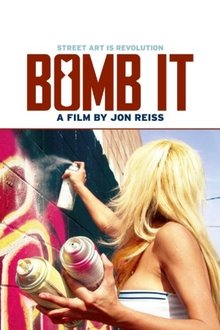
Bomb It (2007)
Through interviews and guerilla footage of graffiti writers in action on five continents, the documentary tells the story of graffiti from its origins in prehistoric cave paintings thru its notorious explosion in New York City during the 70’s and 80’s, then follows the flames as they paint the globe.

Rocking '83 - Bear's Jam (1983)
An incredible historic document showcasing the roots of Old School Hip Hop movement with all its disciplines involved: Djing, Mcing, Breakdancing, and Graffiti. Featured in the "NYC: Urban Image" show at MoMA PS1 1983.
